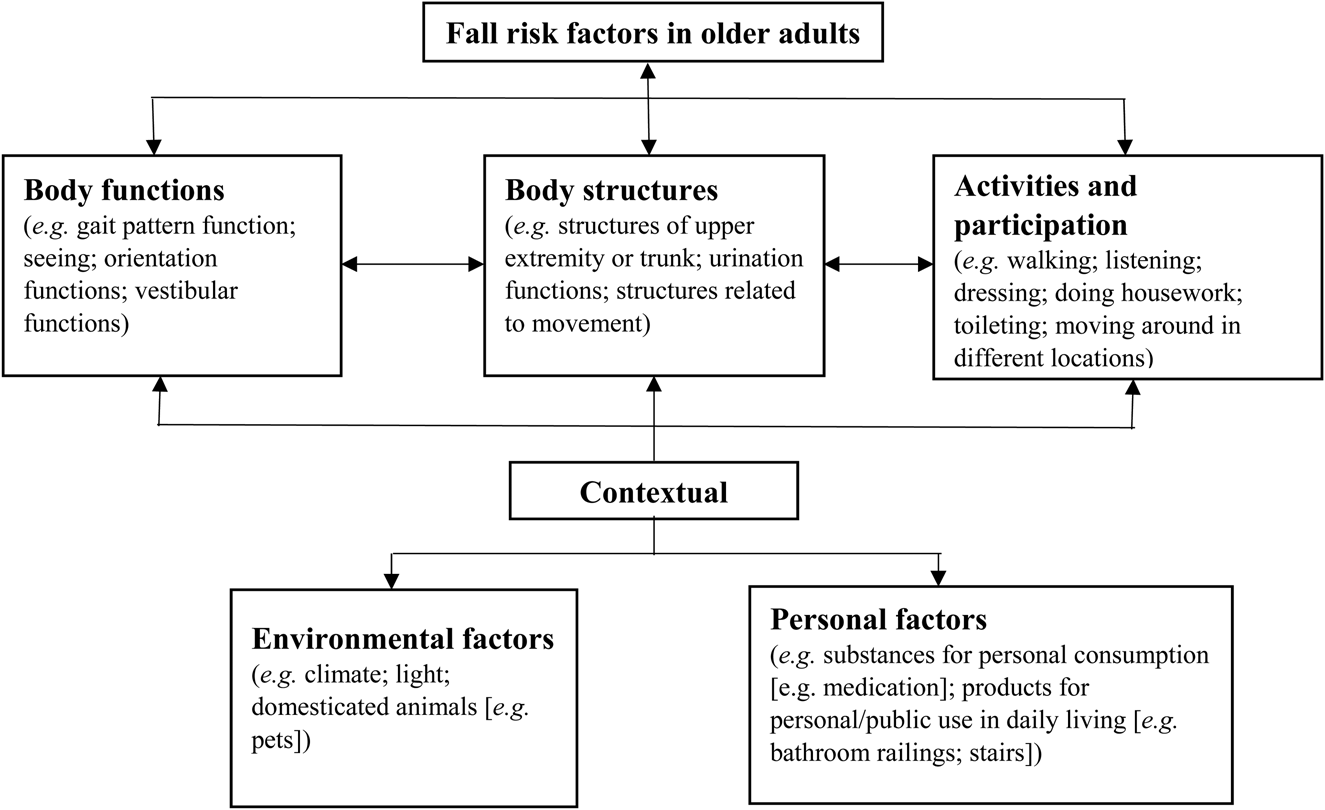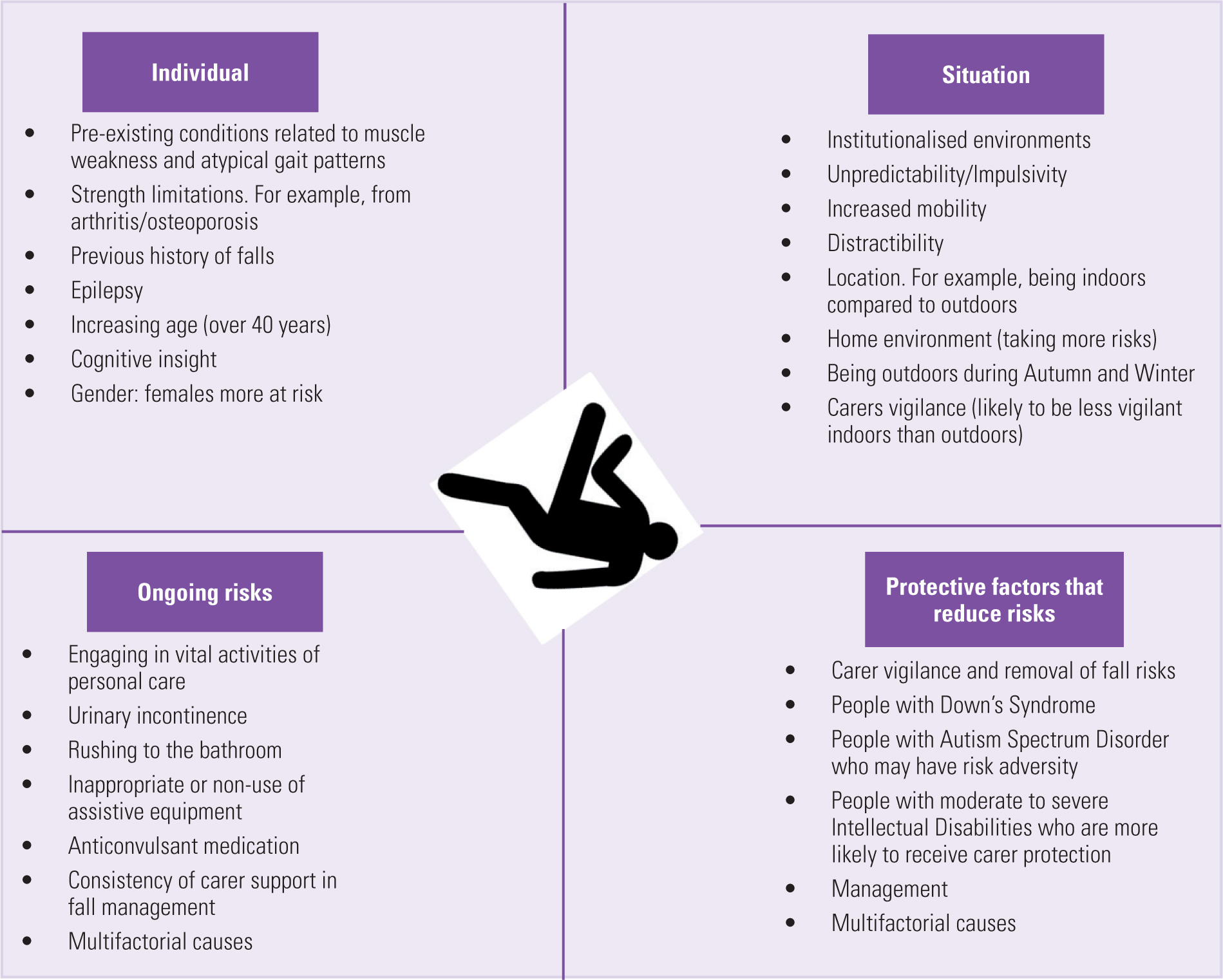Fascination About Dementia Fall Risk
Fascination About Dementia Fall Risk
Blog Article
The Buzz on Dementia Fall Risk
Table of ContentsAll about Dementia Fall RiskDementia Fall Risk Can Be Fun For AnyoneThe smart Trick of Dementia Fall Risk That Nobody is Talking AboutRumored Buzz on Dementia Fall Risk
A loss threat evaluation checks to see how most likely it is that you will certainly fall. It is primarily done for older adults. The assessment usually includes: This consists of a series of inquiries concerning your total health and wellness and if you've had previous drops or problems with balance, standing, and/or walking. These tools test your strength, balance, and gait (the means you stroll).STEADI consists of testing, examining, and intervention. Interventions are suggestions that might minimize your danger of falling. STEADI includes 3 steps: you for your risk of dropping for your threat variables that can be enhanced to attempt to prevent drops (as an example, equilibrium issues, damaged vision) to minimize your risk of dropping by making use of reliable methods (for instance, supplying education and learning and sources), you may be asked a number of inquiries consisting of: Have you dropped in the previous year? Do you feel unstable when standing or strolling? Are you stressed over falling?, your supplier will certainly evaluate your toughness, balance, and stride, utilizing the following autumn evaluation tools: This test checks your gait.
You'll sit down once again. Your company will inspect just how long it takes you to do this. If it takes you 12 seconds or even more, it may mean you are at greater danger for a fall. This test checks toughness and balance. You'll being in a chair with your arms went across over your chest.
Relocate one foot halfway forward, so the instep is touching the large toe of your various other foot. Relocate one foot totally in front of the various other, so the toes are touching the heel of your various other foot.
Our Dementia Fall Risk Diaries
The majority of falls happen as a result of multiple adding aspects; consequently, managing the danger of falling begins with determining the variables that add to drop threat - Dementia Fall Risk. Some of the most relevant threat factors consist of: Background of previous fallsChronic clinical conditionsAcute illnessImpaired stride and equilibrium, lower extremity weaknessCognitive impairmentChanges in visionCertain risky drugs and polypharmacyEnvironmental aspects can additionally raise the threat for drops, consisting of: Poor lightingUneven or harmed flooringWet or unsafe floorsMissing or damaged handrails and get barsDamaged or incorrectly equipped equipment, such as beds, wheelchairs, or walkersImproper use assistive devicesInadequate supervision of individuals residing in the NF, consisting of those that exhibit aggressive behaviorsA effective fall danger monitoring program calls for a comprehensive professional analysis, with input from all members of the interdisciplinary team

The care strategy need to likewise consist of interventions that are system-based, such as those view website that advertise a secure atmosphere (suitable lighting, hand rails, get hold of bars, etc). The effectiveness of the treatments need to be examined periodically, and the treatment plan revised as essential to show changes in the autumn threat evaluation. Executing a loss danger management system using evidence-based ideal method can decrease the frequency of falls in the NF, while limiting the possibility for fall-related injuries.
The Best Strategy To Use For Dementia Fall Risk
The AGS/BGS guideline suggests screening all grownups matured 65 years and older for fall danger each year. This screening includes asking clients whether they have actually fallen 2 or more times in the past year or looked for medical attention for a fall, or, if they have not dropped, whether they really feel unstable when strolling.
People who have actually dropped as soon as without injury should have their balance and stride reviewed; those with gait or balance irregularities should get added analysis. A background of 1 fall without injury and without gait or balance issues does not warrant further assessment beyond continued yearly fall risk screening. Dementia Fall Risk. A fall risk evaluation is needed as component of the Welcome to Medicare exam

Some Of Dementia Fall Risk
Recording a falls background is one of the high quality indicators for loss avoidance and management. copyright medicines in certain are independent predictors of drops.
Postural hypotension can usually be eased by minimizing the dosage of blood pressurelowering medicines and/or stopping medicines that have orthostatic hypotension as a negative effects. Use above-the-knee support hose and copulating the head of the bed boosted may additionally decrease postural decreases in high blood pressure. The advisable elements of a fall-focused physical assessment are received Box 1.

A TUG time greater than or equivalent to 12 seconds recommends high fall danger. Being unable to stand up from a chair of knee height without making use of one's arms suggests increased loss danger.
Report this page